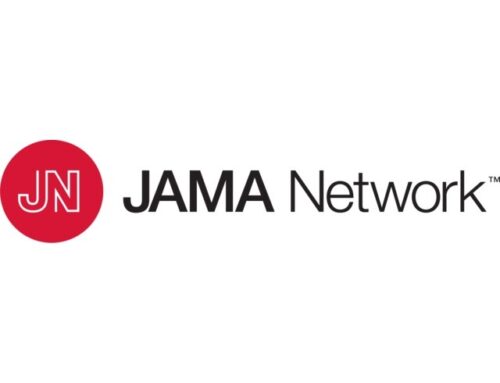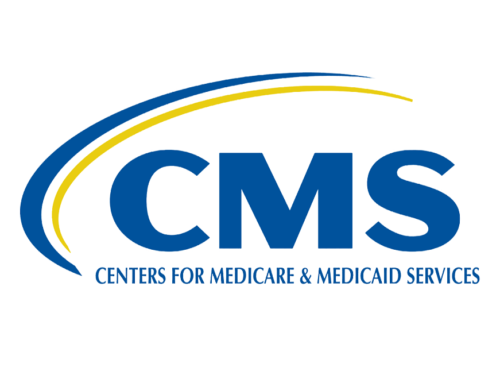CENTER UPDATE | JULY 2025
In this Issue:
- OBBB Expands HSA Access and Makes Telehealth Flexibility Permanent
- Prescription Drug Price Controls: Unintended Consequences for Medicare Patients
- Record Number of Adults Struggle to Afford Health Care and Medications
- Health Care Costs Reach $1,425 in Out‑of‑Pocket Spending
- Prescription Medication Costs Continue to Burden Americans
- Healthcare Costs Strain Low-Income Workers
- Health Insurers Pledge to Reform Prior Authorization Process
- Large Employers Show Strong Interest in Innovative Insurance Designs
- Study Finds Misalignment Between Utilization Management and Clinical Guidelines
- Analysis Finds Variation in Pharmacy Benefit Design for Diabetes Drugs


One Big Beautiful Bill Act Expands HSA Access and Makes Telehealth Flexibility Permanent
The $3.3 trillion tax package signed into law on July 4 includes permanent telehealth coverage before deductibles for people with high-deductible health plans (HDHPs), a policy first introduced during the COVID-19 pandemic. It also expands health savings account (HSA) eligibility to enrollees in ACA Bronze and Catastrophic plans, as well as participants in direct primary care arrangements. The law allows employers to offer telehealth services without out-of-pocket costs, benefiting about 35 million Americans with HDHPs linked to HSAs. These changes take effect for plan years starting after December 31, 2024.

Prescription Drug Price Controls: Unintended Consequences for Medicare Patients
A recent analysis found that drug price controls under the Inflation Reduction Act have increased out-of-pocket costs for Medicare patients by an average of 32% for nine common medications. The study links this to rebate practices between manufacturers and pharmacy benefit managers. These findings suggest current policies may not reduce costs as intended.


Record Number of Adults Struggle to Afford Health Care and Medications
Nearly 11 percent of U.S. adults – about 29 million people – reported being unable to afford both health care and prescription medications in late 2024, the highest rate recorded in the West Health–Gallup Healthcare Affordability Index. This “Cost Desperate” group has grown significantly among Hispanic adults at 18 percent, Black adults at 14 percent, and low-income households at 25 percent among those earning under $24,000. Only 51 percent of adults are now considered “Cost Secure,” with especially sharp declines among Hispanic and Black communities.

Health Care Costs Reach $1,425 in Out of Pocket Spending
Average annual out‑of‑pocket health care spending jumped from $763 to $1,425, with significant variation across states. Residents in low‑cost states still face higher expenses compared to decades past, while high‑cost states see even larger burdens. Differences reflect factors such as state price levels, insurance design, and utilization patterns.
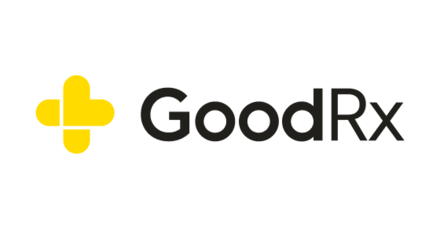
Prescription Medication Costs Continue to Burden Americans
A 2025 survey by GoodRx Research found that 67% of Americans who filled a prescription described the cost as a financial burden. Nearly 30% reported cutting back on spending for food or clothing to afford medications. Approximately 20% of respondents admitted to rationing their medications due to cost concerns. Additionally, 46% of individuals took actions such as reducing leisure spending, dipping into savings, or borrowing money to cover prescription expenses.
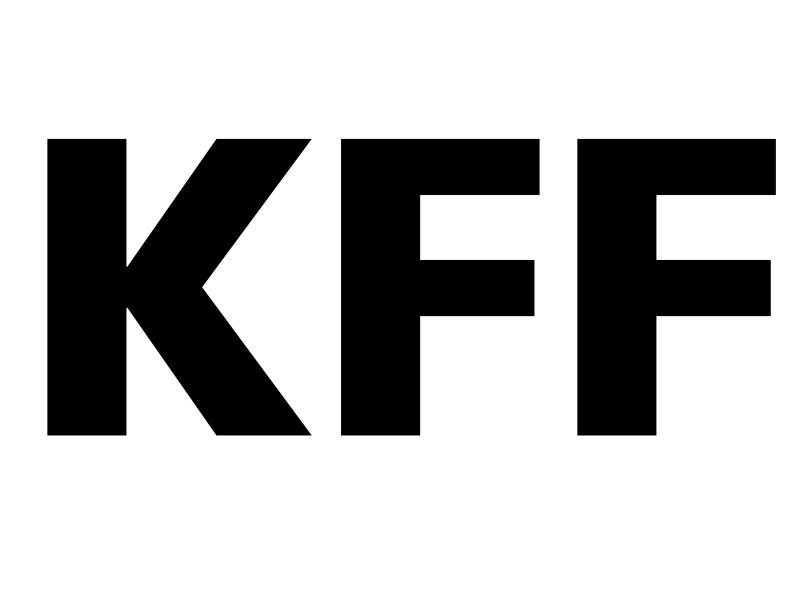
Healthcare Costs Strain Low-Income Workers
A recent analysis reveals that families with employer-based health coverage earning below 200% of the federal poverty level allocate nearly 9.6% of their income to premiums and out-of-pocket medical expenses, compared to 3.4% for families earning above 400% of the poverty level. The study highlights that families with members in poorer health face even higher financial burdens. Despite employer contributions, many low-income workers struggle to meet deductibles and out-of-pocket maximums, potentially leading to medical debt


Health Insurers Pledge to Reform Prior Authorization Process, Supported by Federal Government
A group of major health insurers has committed to improving the prior authorization system, aiming to reduce delays and administrative burdens that often hinder patient care. The reforms focus on standardizing electronic submissions, decreasing the number of services requiring prior authorization, and increasing transparency in decision-making. The U.S. Department of Health and Human Services announced federal support for the insurers’ pledge, highlighting the importance of rebuilding trust and lessening the administrative workload for healthcare providers.
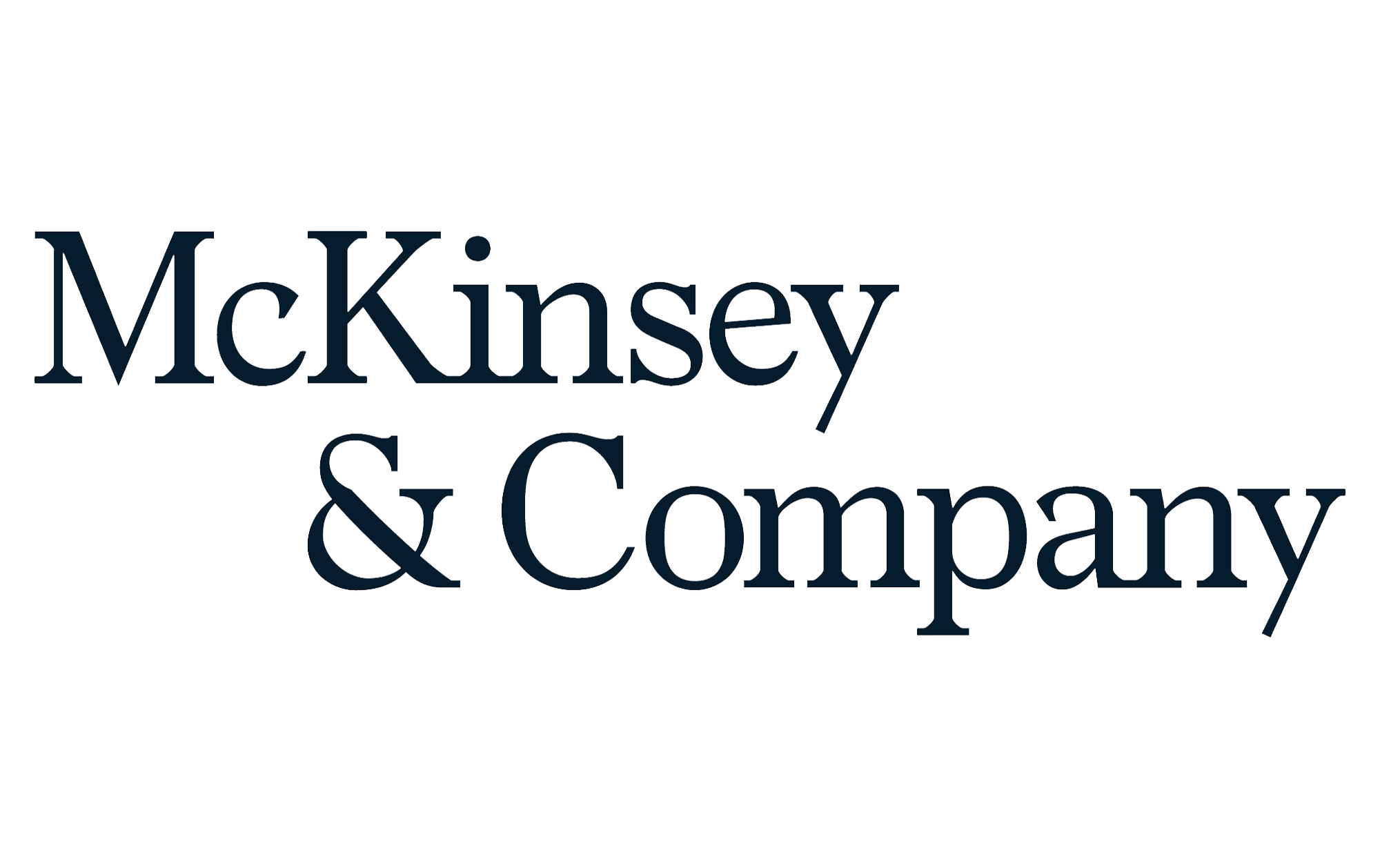
Large Employers Show Strong Interest in Innovative Insurance Designs
A McKinsey survey found that over 85% of companies with more than 25,000 employees are interested in alternative insurance models, including flexible co-payments and first-dollar coverage. These designs aim to improve value and control spending without shifting more costs to employees. The trend reflects a growing push toward benefit strategies that reward high-value care.
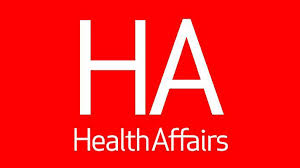
Large Employers Show Strong Interest in Innovative Insurance Designs
A new analysis found that U.S. health plans frequently apply utilization management (UM) tools, such as prior authorization and step therapy, even when clinical guidelines for specialty drugs do not recommend them. This misalignment may restrict patient access to appropriate therapies and increase the risk of negative health outcomes.

Analysis Finds Variation in Pharmacy Benefit Design for Diabetes Drugs
A recent study examined how pharmacy benefit designs affect access and costs for type 2 diabetes medications. Researchers found significant variation in cost-sharing and utilization management across different drug classes and insurance plans. High out-of-pocket costs and restrictive policies were more common for newer branded drugs compared to older or generic options. These differences may influence patient adherence and treatment choices.
Missed an Issue of Our Newsletter?
You can always find previous editions of our weekly newsletters on our website here.




